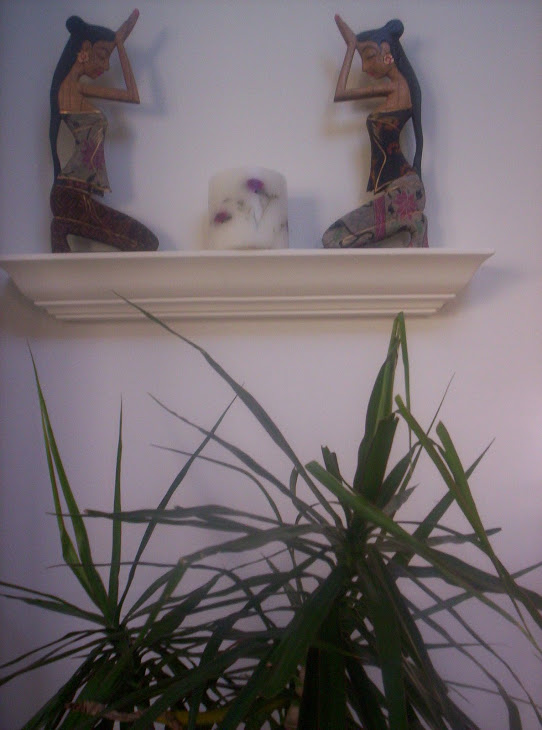
Andrew Greenlee, Sr one of my recent guides and historian on the Woodlawn Community. He is a former police commander and als worked with the Woodlawn Organization.






Meet Pat Wilcoxin, Housing Chair and Treasurer for the Woodlawn Development Associate and Program Director for the Interfaith Open Communities in Hyde Park.

Back view of 6224/26 Kimbark (between Kenwood and Woodlawn) This is a co-housing building which means that it is owned and self managed by the individuals that reside in the building. They develop their own budget, set the rent and collect it, monitor the upkeep and repairs on the building and essentially make all the decisions in a collaborative process.

Front of Building
Woodlawn Development Associates also own the building across the alley and the property next to them. That property is currently being used for residents parking. The property across the alley consists of condominiums: small ones are 1,600 sq ft for $135,000 and the larger ones are 2,300 sq ft for $155,000.
Co-housing was an idea that started in Denmark and was brought to the USA by students in the 1990s. The idea is to cluster the people in residences and share the open paths and common areas and put cars on the perimeter. While some co-housing is done in larger acreage and open space this co-housing adaptation clearly works for the six families currently residing in the building. This is a co-housing building which means that it is owned and self managed by the individuals that reside in the building. They develop their own budget, set the rent and collect it, monitor the upkeep and repairs on the building and essentially make all the decisions in a collaborative process.
The first apartment building that Pat Wilcoxin got involved with was to save a property that another individual was going to lose. That property was at 6123/25 S. Woodlawn. Pat and two other individuals partnered and bought the building. She was able to help obtain financing for the original owner of the building.
Woodlawn Development Associates
Woodlawn Development Associates was created in 1994 and was a spin off from the Covenantal Community of University Church (CUC). Pat had been involved with them since 1979.
Pat indicated that the second building that the Woodlawn Development Associates began to develop at 6224 Kimbark had been boarded up for eight or nine years. When she asked Remax Realty for the key to go and look at it they told her to just go through the boards like everyone else did. She described her early visits as follows:
"There would be fifteen young men sitting on the back porch doing and selling drugs. I would show my group around . . . Another time I was planting flowers and they wanted to know if they could help me. They wanted to hurry up and get me out of there. . . The drugs moved up to REv. Bell's and the playlot. I don't know why they couldn't get rid of the drugs. Everybody knew about it."
We wanted the co-housing we were developing to be interracial and diverse class wise and intergenerational. We have achieved everything except the class diversity she said. That is difficult. The residents are all low income with incomes ranging from $7,000 to $15,000.
They currently have ten families in the apartment.
I met with Pat in the basement where the residents had created a section for the exercise equipment and a recreational section with sofas and a tv. Pat and I sat around a conference table where I imagined the residents met to discuss the bathroom that they were able to build for $3,000 using a local plumber and providing their own labor. Bikes were neatly hanging from bike racks that the residents had put up themselves. The laundry room contained washers and dryers where the residents keep track of what is owed for laundry. Remember, in co-housing everything is tenant run and operated.
While I was unable to view the apartments interior, if they look as well kept as the basement, hallways and exterior then I can understand why tenants stay long term and are reluctant to leave.
Listening to Pat talk about the history of the building and how she and the owners have evolved I could hear the pride and appreciation for the work and knowledge that she has acquired from the co-housing movement over the years.
I look forward to learning a lot more about this movement from Pat and the other tenants.
Blessings! Rev. Dr. Qiyamah A. Rahman

No comments:
Post a Comment